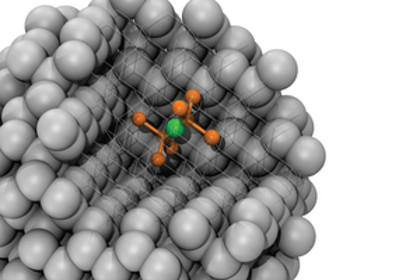Nano polymer Nano polymer and main ingredients (PhD in nano and microelectronics)
Researcher and author: Dr. ( Afshin Rashid)
Note: Nanopolymers, unlike most composites, can not be separated in solution and contain amino groups as the main constituents, which may, depending on the chemical nature of the monomers used in polymer synthesis, be composed of all carbon atom compounds. , Oxygen and nitrogen.
A polymer or copolymer containing dispersed nanoparticles is a nanopolymer. These nanopolymers can be linear or branched. Linear nanopolymers, or polymalic acid, have functional groups distributed throughout the length of the polymer, while branched polymers such as dendrimers usually carry them at the molecular level.
Nanosensors are classified into different types. One of these categories is based on the shape of nanoparticles and their application as follows:
A. Nanostructured Materials: Like porous silicon, nanosensors made from these materials are used to detect chemical and biological reactions.
B - Nanoparticles: such as nanoscale spherical materials that are used as optical-bioreceptors, optical-chemical and space image sensors . Like nanosilicon particles that are used as biosensors. Nano-sensors can also be divided into three categories based on their structure : quantum dots, carbon nanotubes, and nano-devices.
Conclusion :
A polymer or copolymer containing dispersed nanoparticles is a nanopolymer. These nanopolymers can be linear or branched. Linear nanopolymers, or polymalic acid, have functional groups distributed throughout the length of the polymer, while branched polymers such as dendrimers usually carry them at the molecular level.
Researcher and author: Dr. ( Afshin Rashid)
PhD in Nano-Microelectronics




